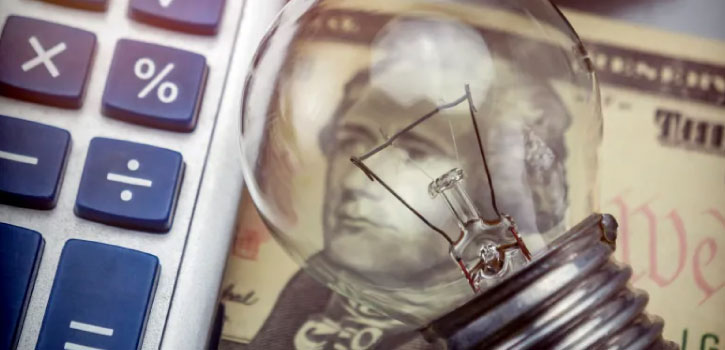Ever been asked if you’d like fries with your burger? To upsize your drink? A muffin with your coffee? If you are nodding your head as you read this …I’m not surprised!
According to Marketing Metrics, the probability of selling to an existing customer is 60-70% versus 5-20% for a new prospect.
The goal is to make more money per order by introducing consumers to new, additional, better or complementary products. Doing so adds value for the industry and its end customers.
Upselling and cross-selling can work for any type of business – whether you are a brand, big box store, theater company, venue, sports team or university.
So What is the Difference Between an Up-Sell and Cross-Sell?
An upsell is to get the customer to spend more money – buy a more expensive model of the same type of product, or add features / warranties that relate to the product in question. For an events or entertainment organization, examples include:
- Better seats
- Memberships
- Season subscriptions
A cross-sell is to get the customer to spend more money buy adding more products from other categories than the product being viewed or purchased – so in the case of the zoo, something different than admission tickets. Examples include:
- Parking
- Drink tickets
- Donations
- Merchandise
Three Big Benefits of Up-Selling and Cross-Selling
- The ability to generate growth by increasing the dollar value or profitability of an order while using the same sales resources. According to research reported by eConsultancy, upselling can drive over 4% of sales and cross-selling on the check-out page can drive sales by a further 3%. The extra revenue could be put towards new customer acquisitions, which will grow your business even more.
- Increasing customer satisfaction. Targeted upselling or cross-selling is helpful because you are suggesting a purchase that the customer likely already wants. It’s like offering a shirt or tie that goes well with a suit someone has already purchased. Considering that Bain & Company famously wrote that it costs six to seven times more to acquire a new customer versus retaining an existing one, keeping everyone happy is key.
- Enhancing relationships through items like memberships and season tickets. These types of sticky offers bring customers back and you can build more personal relationships. In dollars and cents, loyal customers are worth up to 10 times as much as their first purchase, according to the White House Office of ConsumerAffairs.
DO’s
- Do collect data consistently across your organization
- Do use data to drive personalized offers
- Do clearly demonstrate value
DON’Ts
- Don’t make the same offer to everyone
- Don’t overdo it
- Don’t display unrelated offers
How Can You Get Started With Presenting Your Customers the “Right Offers at the Right Time”?
The Tuacahn Amphitheatre does a great job, showcasing everything from merchandise, pre-show dinners, concessions and gift certificates on its main home page.
Other times to consider:
- When a customer selects tickets or items to add to the shopping cart.
- When a customer views his or her cart.
- Post sale, in email confirmations and/or other marketing materials you send between the purchase and delivery or attendance at the event.
Help make customers happy while increasing business revenue and retention! If you don’t have upselling and cross-selling incorporated into your sales plan, now is the time to get started. Have questions? Ask us!
